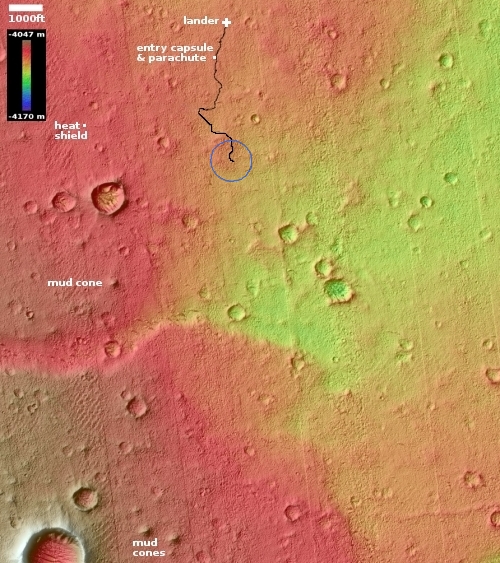Mengtian module docks with China’s Tiangong-3 space station

The new Mengtian module has docked with the main port of China’s Tiangong-3 space station.
The graphic to the right shows the planned design of the station. Mengtian however is not yet in its side port as shown, but in the main docking port in line with the core module where a Shenzhou crew capsule is shown docked. At some point soon the astronauts on board will use a small robot arm to move Mengtian from the main port to its side port. (This system is very similar to one the Russian’s used on Mir.)
Furthermore, the large vertically oriented solar panels have not yet been installed on the station. These will likely need to be delivered, and require spacewalks to deploy.

The new Mengtian module has docked with the main port of China’s Tiangong-3 space station.
The graphic to the right shows the planned design of the station. Mengtian however is not yet in its side port as shown, but in the main docking port in line with the core module where a Shenzhou crew capsule is shown docked. At some point soon the astronauts on board will use a small robot arm to move Mengtian from the main port to its side port. (This system is very similar to one the Russian’s used on Mir.)
Furthermore, the large vertically oriented solar panels have not yet been installed on the station. These will likely need to be delivered, and require spacewalks to deploy.



